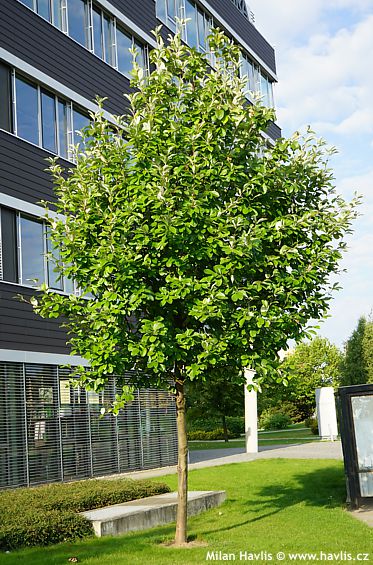Sorbus intermedia Swedish whitebeam
Sorbus
Sorbus intermedia, commonly known as the Swedish whitebeam, is native to northern Europe, especially Sweden, Denmark, and surrounding regions. It was first described by the German botanist Jakob Friedrich Ehrhart (1742–1795) under the name Pyrus intermedia and later transferred to the genus Sorbus. It was introduced to Central Europe in the 18th–19th centuries as an ornamental tree and quickly gained popularity for its resilience in urban environments as well as for its decorative foliage and fruit. In nature it is a natural hybrid between Sorbus aucuparia, Sorbus aria and Sorbus torminalis, which explains its name “intermedia” – intermediate.
In cultural terms, the Swedish whitebeam holds a special place particularly in Scandinavia. In Sweden it is regarded as a typical city tree and is widely planted along the streets of Stockholm, where it has become part of the city’s identity. In the vernacular it is called “oxel,” a name that has also been preserved in local toponyms, such as the port town of Oxelösund. Like other rowans, this species was traditionally associated with protection against evil forces and in folklore was believed to safeguard travelers. In modern times it has become a symbol of resilience to adverse conditions – drought, wind, and pollution – and is still planted today as a reliable tree for public greenery
Swedish whitebeam is a handsome, medium-sized tree with attractive foliage and a dense canopy, narrowly pyramidal in youth and later broadening into a wide-ovate to oval shape. The deciduous leaves are broadly ovate and shallowly lobed, dark green and glossy above, densely white‑tomentose beneath, giving the crown a silvery sheen, especially when stirred by the wind – reminiscent of some poplars. In autumn they turn striking shades of yellow to orange. In May to June appear creamy white, small flowers, borne in dense corymbs 8–12 cm across, with a characteristic, slightly pungent scent. The fruits are orange‑red pomes, round to ovoid, 1–1.5 cm in size, ripening in late summer and often persisting on the tree into autumn. They are an important food source for birds, though too astringent to be of much use to people. The tree usually grows 10–15 m tall and 6–10 m wide, with a trunk that remains smooth and grey‑black for a long time, becoming finely fissured with age.
In garden and landscape design the Swedish whitebeam serves as a reliable specimen or avenue tree. It is well suited to city streets, parks, and shelterbelts, as it tolerates drought, wind, salinity, and polluted air. It is decorative throughout the year – in spring with its flowers, in summer with its foliage, and in autumn with its colourful leaves and fruit. It also fits well into private gardens, and thanks to its unpretentious appearance, far removed from exoticism, it is suitable for naturalistic gardens and parks.
For cultivation the Swedish whitebeam requires a sunny site and well‑drained, rather poor soil, but it is highly tolerant – coping even with loamy or clayey substrates provided they are not permanently waterlogged. It does not tolerate prolonged waterlogging, so in heavier soils planting should be combined with drainage or slight elevation. It thrives best in fresh, moist but well‑drained soils; once established, however, it is very drought‑resistant and requires no watering. The tree is extremely hardy, withstanding temperatures down to –34 °C (USDA zone 4), and shows excellent tolerance of urban conditions, including soil salinity caused by road salt. It does not require regular pruning, only formative pruning in youth and later the removal of dead or damaged branches. In standard tree form, staking is essential for the first 2–3 years after planting until the root system anchors the tree firmly. Thanks to its resistance to diseases, including fire blight, it is valued as a long‑lived and dependable tree for both public greenery and private gardens.
Last update 20-09-2025
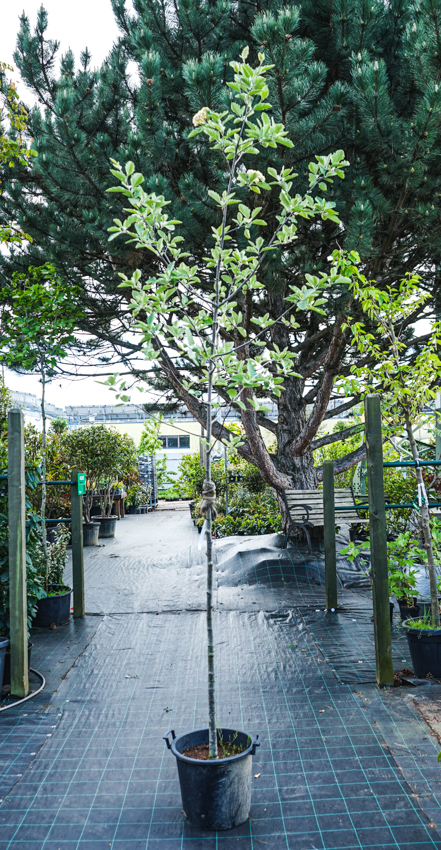
5 057,5 Kč

5 057,5 Kč
Goods are shipped all over Europe. For Russia and U.K. and for further details please read about SHIPPING OPTIONS HERE.
Are you interested in a serious discount for orders NOV-FEB? Check your options here.
THE PRICES INCLUDE VAT of 15%. For quick conversion you can use 1 CZK = approx. 0.04 EUR
- STANDARD QUALITY - Plants of this group are 1st class quality with number of branches and overall density adequate to their size and age, considering they were container grown.
- DE LUXE QUALITY - This label guarantees a luxurious quality of manually selected plants that, compared to their height and age, are exceptionally dense and beautiful.
- EXTRA - These plants are usually mature and bigger specimens with exceptional overall appearance.
- STANDARD (as described in the plant form) means a tree with a trunk of 190-210 cm and a crown at the top, unless specified differently. The commercial size for trees is their girth measured in the height of 1m from ground.
- HOBBY - These plants are of the same quality as our standard-quality plants but younger and therefore cheaper.
- SHRUB - a woody plant with branches growing bushy from the ground level.
- HALF-STANDARD or MINI-STANDARD - a small tree with shorter trunk, its size is usually specified.
- FEATHERED - These are trees with branches growing already from the base of the trunk and up along the stem.
- GRASSES and PERENNIALS - Sizes given usually read the diameter of the pot or the clump, as specified.









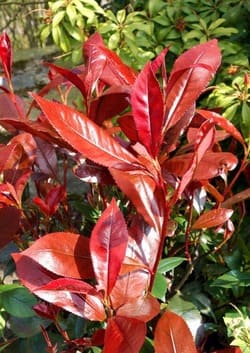
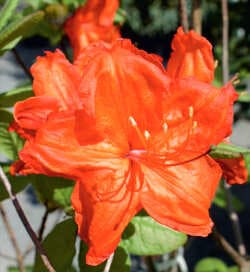

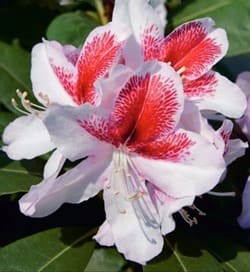


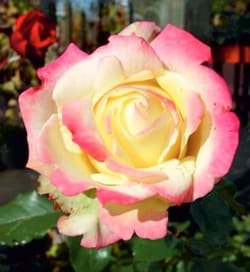
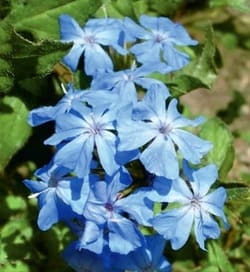
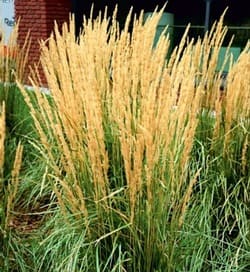
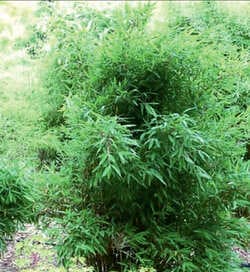

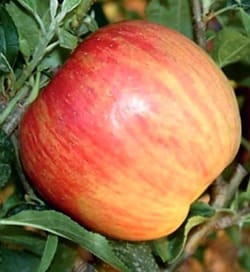
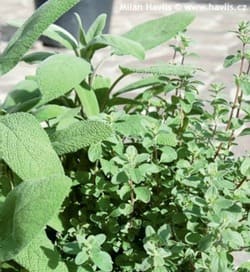
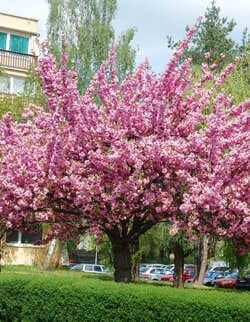
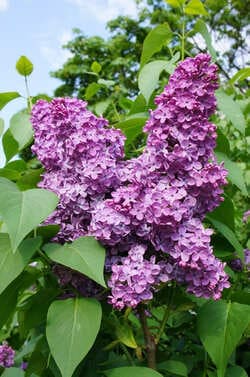
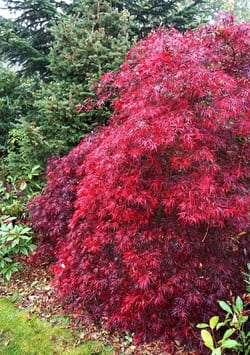
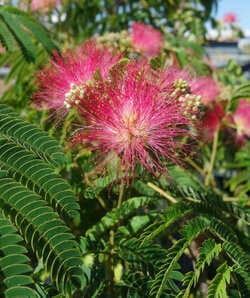
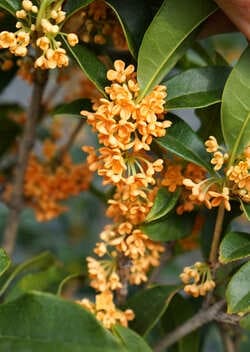



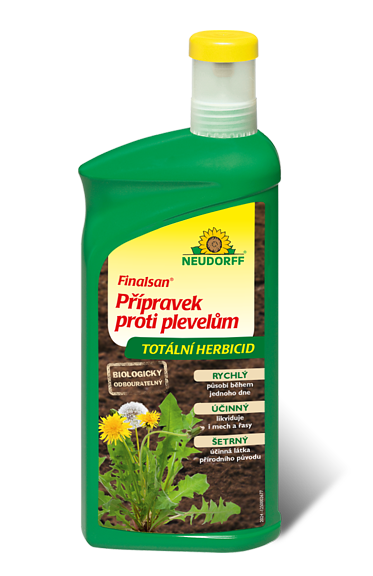


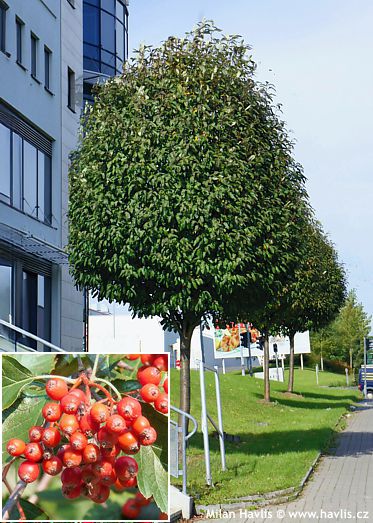
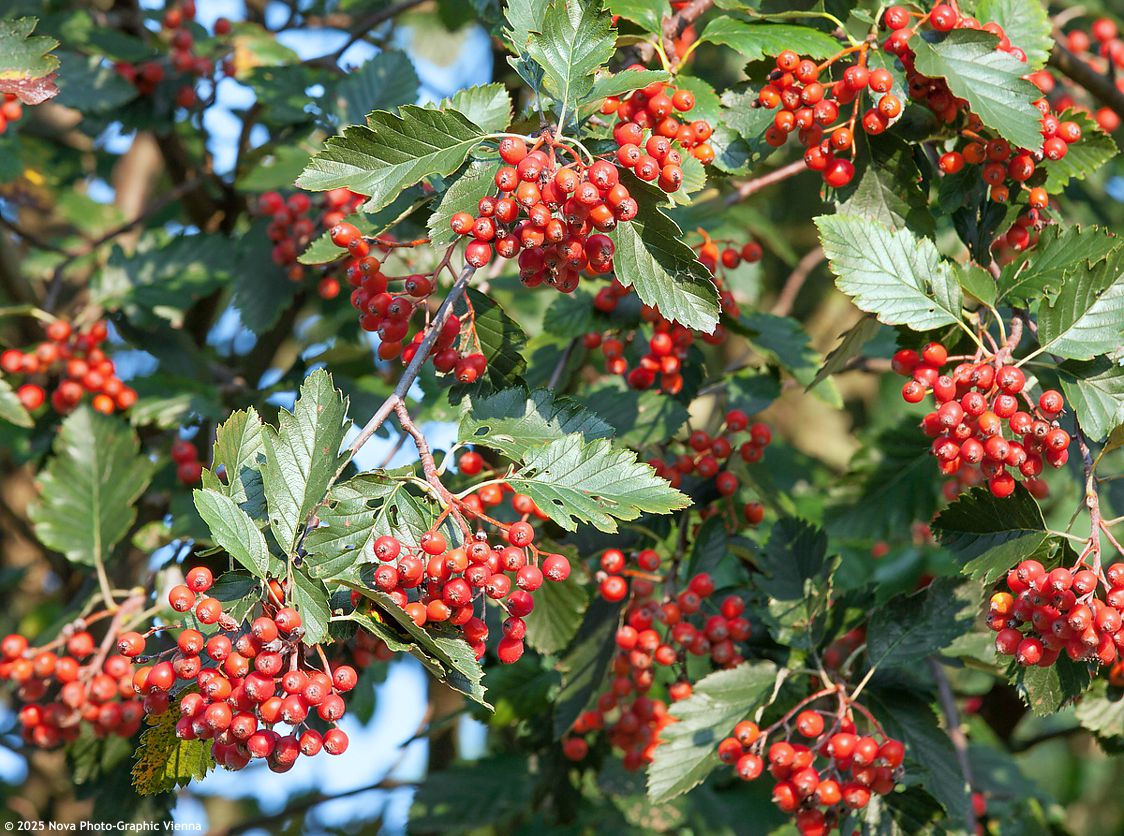
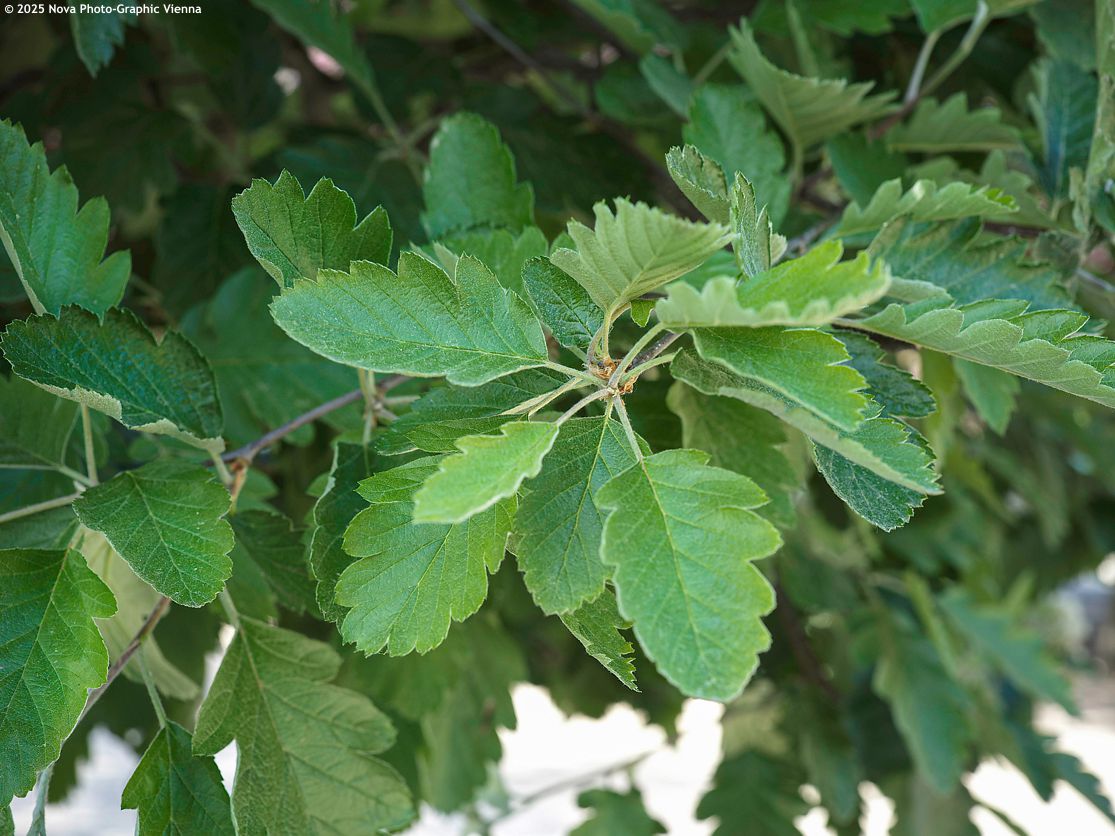
.jpg)

